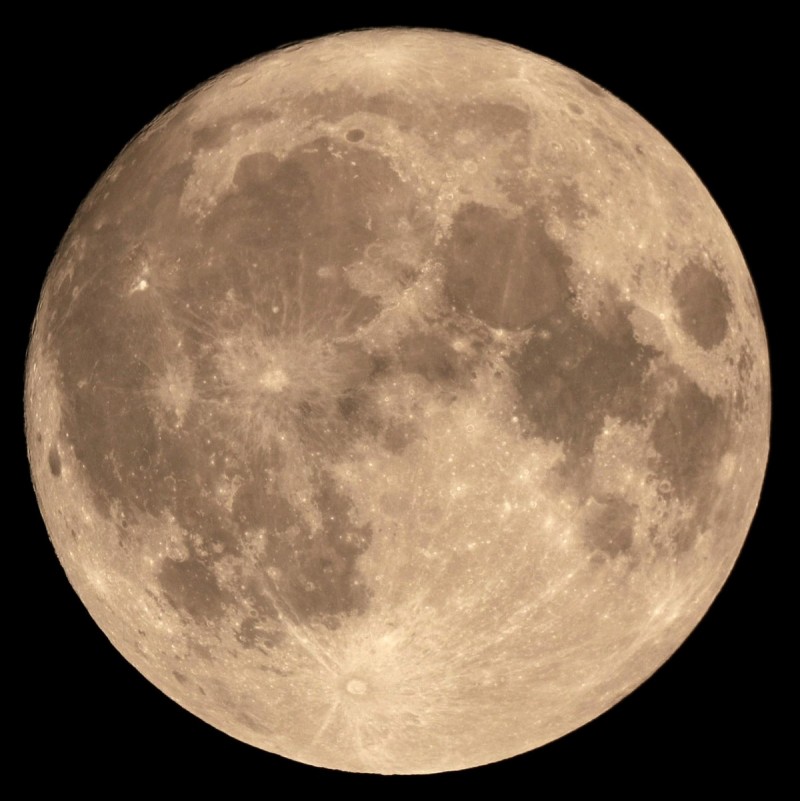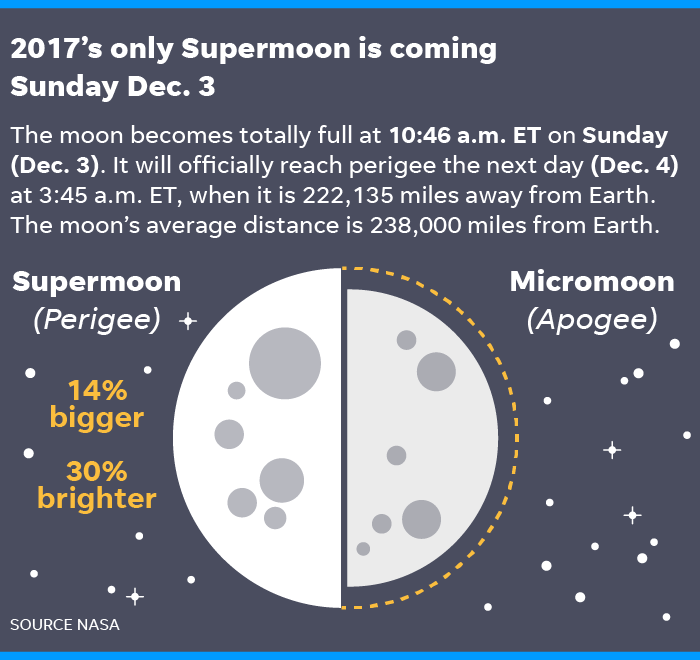If you've got plans to celebrate this weekend's supermoon, the astronomy broadcasting service Slooh would like to hear about them.

Slooh is soliciting your ideas for its "Supermoon Challenge," an interactive event that will complement its online coverage of the supermoon this Sunday (Dec. 3) at Slooh.com.
"So, what are you doing this supermoon?" Slooh representatives wrote in a statement. "Send your video, written thoughts, audio recordings, show or tell us how you are capturing the moon magic with #supermoonchallenge on Twitter and Facebook, and/or email us at [email protected]."

Slooh's supermoon show, featuring live telescope views of Earth's nearest neighbor, will air Sunday at 9 p.m. EST (0200 GMT on Monday, Dec. 4). You can watch it at www.slooh.com or here at Space.com, courtesy of Slooh, when the time comes.
The moon orbits Earth on an elliptical path that brings the natural satellite about 31,000 miles (50,000 kilometers) nearer to us at closest approach (also known as perigee) than at its most distant point (apogee). When a full moon coincides with perigee, we get a supermoon, which appears about 14 percent larger and 30 percent brighter than an apogee full moon, or minimoon.
Supermoons aren't terribly rare — another one will occur in January — but they are nice to look at. So keep your eyes open Sunday!
Editor's note: If you capture an amazing view of the supermoon or any other night sky view that you would like to share with Space.com for a possible story or gallery, send images and comments in to: [email protected].
The only supermoon of 2017 will appear in a sky near you Sunday night ... weather permitting.
Bigger and brighter than a typical full moon, the term “supermoon” was coined in 1979 by astrologer Richard Nolle. According to NASA, it's used by the media today to describe what astronomers would call a perigean full moon: a full moon occurring near or at the time when the moon is at its closest point in its orbit around Earth.
A supermoon can appear as much as 14% bigger and 30% brighter than when a full moon is at its farthest distance from Earth, NASA said.
The astronomical term for a supermoon is "perigee syzygy." (Syzygy is when the sun, moon and Earth are all aligned in a straight line.)
The exact moment of the full moon is the morning of Dec. 3 at 10:46 a.m. ET, (9:46 a.m. CT, 8:46 a.m. MT, and 6:46 a.m. PT), Space.com said.
At that moment, the moon will not be visible over most of North America. However, the moon will still appear plenty big when it rises in the eastern sky Sunday evening.
Due to the optical effect known as the moon illusion, the full moon can seem huge when rising behind distant objects on the horizon. A supermoon appears especially impressive.
Clear skies are forecast across much of the eastern U.S., except for New England and around the Great Lakes, the National Weather Service said. Elsewhere, clouds could obscure the view in the upper Midwest, northern Plains, Rockies and Northwest.
The December full moon, even when its not a supermoon, is known as the cold moon.
The moon will reach perigee — the moon’s closest point to Earth for this month — at 3:45 a.m. ET Monday, when the moon is 222,135 miles from the Earth. The moon's average distance is 238,000 miles.
If you miss this one, however, don't fret: The first two full moons of 2018 will be supermoons.
Just over a year ago, we enjoyed an especially large supermoon: The one on Nov. 14, 2016, was the closest one since Jan. 26, 1948, which won't be surpassed again until the supermoon of Nov. 25, 2034.
Source: Mike Wall
